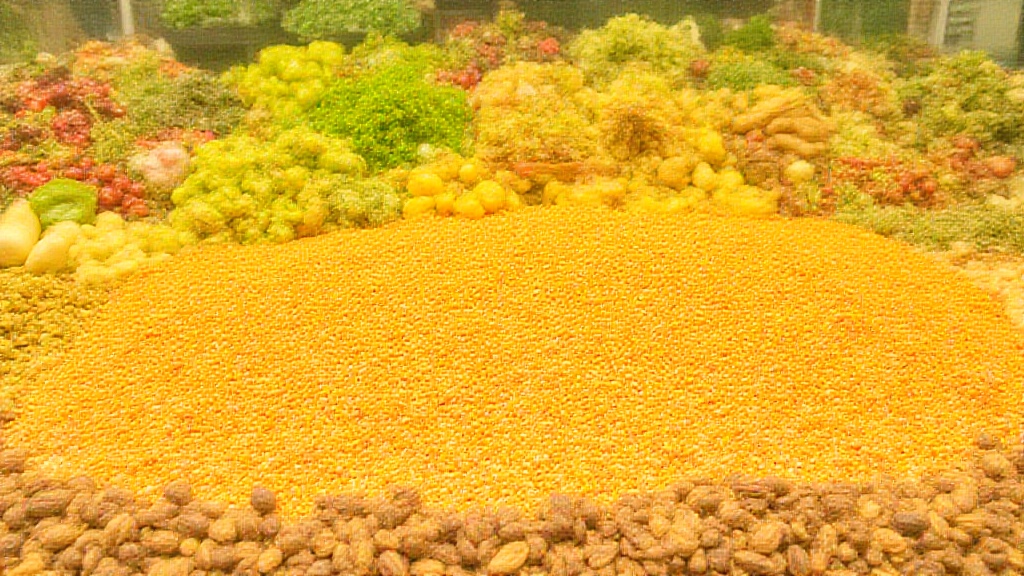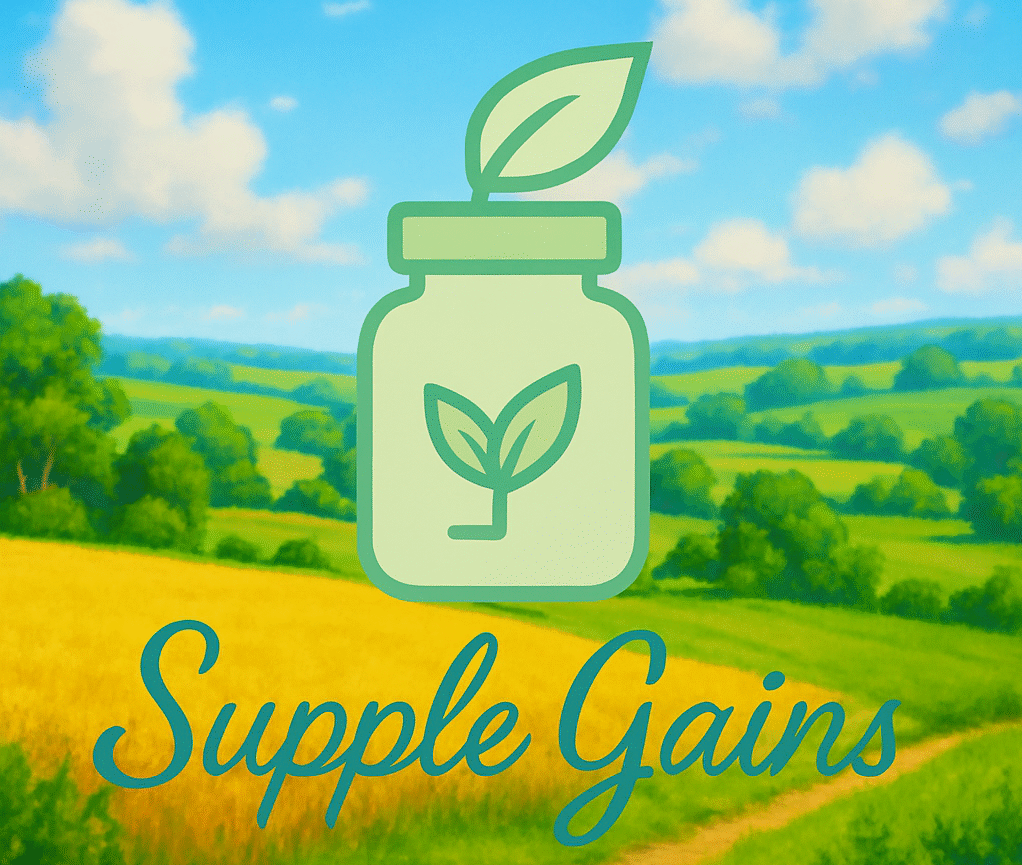Shopping for plantbased foods is a little different depending on which style of plantbased eating you’re into.
Whether you’re allin vegan, vegetarian, flexitarian, or just plantcurious, having a shopping list that matches your food choices saves time, money, and maybe even some mealplanning headaches.
Here’s my take on how to craft a shopping list that fits your plantbased lifestyle and keeps things interesting and delicious.

Why Shopping Lists Matter for PlantBased Diets
Sticking to a plantbased way of eating is a lot less stressful when you’re prepared.
A solid list helps cut down impulse buys, avoid food waste, and make smart swaps for animalbased foods with items that keep you satisfied.
Plus, plantbased diets come in a few different styles, so shopping smart means focusing on the foods you’ll actually eat and enjoy.
With plantbased eating becoming pretty popular (think about all the plantbased products lining grocery store shelves), a little planning makes sure you’re not missing key nutrients or getting bored with your meals.
Whether you’re new to plantforward eating or a longtime fan, tailoring your list keeps things simple, healthy, and budgetfriendly.
Breaking Down PlantBased Eating Styles
Not all plantbased eaters follow the same rules. Here’s a quick rundown of some popular styles and what they usually avoid:
- Vegan: Skips all animal products, including meat, eggs, dairy, gelatin, and honey.
- Vegetarian: Doesn’t eat meat, poultry, or seafood but often eats dairy and eggs.
- Pescatarian: Eats fish and seafood along with plant foods. Dairy and eggs are usually included too.
- Flexitarian: Mostly eats plants but sometimes includes meat or animalbased foods.
- WholeFood, PlantBased (WFPB): Focuses on unprocessed foods, such as whole grains, beans, fruits, and veggies. Avoids most processed stuff, added oils, and animal products.
Knowing where you land helps organize your shopping trip so you walk out of the store ready for a week of meals you’ll actually want to eat.
Building Your Basic PlantBased Shopping List
Some foods show up on almost every plantbased list, no matter your style.
These are real pantry heroes because they fit into salads, stirfries, soups, and snacks.
Here are the key sections I always check off:
- Fresh Fruits: Apples, bananas, berries, oranges, melons, grapes. Whatever’s in season or on sale. Fresh fruit makes a handy snack or breakfast on the go.
- Vegetables: Leafy greens like spinach and kale, broccoli, cauliflower, carrots, bell peppers, cucumbers, and tomatoes. The more color, the better.
- Starches & Grains: Brown rice, quinoa, sweet potatoes, wholewheat pasta, oats, and bread. These are great for energy and fiber.
- Legumes: Canned or dried beans (black, kidney, chickpeas, lentils), peas, and soy products like tofu and tempeh. Big protein boosters for plantbased diets.
- Nuts & Seeds: Almonds, peanuts, sunflower seeds, chia, flax, and walnuts. Sprinkle them on oats, salads, or just grab a handful for a snack.
- Nondairy Alternatives: Plant milks (soy, almond, oat, cashew), vegan yogurt, and vegan cheese. There’s a flavor or style for just about everyone now.
Sample Shopping Lists for Specific PlantBased Styles
Vegan Grocery List
Vegan shopping is all about skipping animalbased foods, so here are some veganfriendly staples that keep things interesting:
- Fruit: Kiwi, berries, oranges, watermelon, avocados
- Veggies: Kale, spinach, carrots, bell peppers, eggplant
- Grains: Brown rice, quinoa, wholewheat bread, barley
- Proteins: Canned chickpeas, lentils, black beans, tofu, tempeh, seitan
- Nondairy milk: Almond, oat, soy
- Yogurt & Cheese: Vegan options only (like coconut yogurt or cashew cheese)
- Snacks: Popcorn, roasted chickpeas, granola bars (check for honey or dairy)
- Condiments: Tahini, hummus, salsa, nutritional yeast, soy sauce
Vegetarian Grocery List
Vegetarians get a bit more flexibility since eggs and dairy are in the mix. Here’s what I usually see in a vegetarian cart:
- Fruit & Veggies: All fresh options, no limits here
- Whole Grains: Brown rice, quinoa, wheat tortillas, farro
- Eggs: Freerange or local if possible
- Dairy: Milk, cheese, yogurt (regular or Greek), cottage cheese
- Beans/Lentils: Canned or dried, plus soy foods for a protein boost
- Vegetarian protein: Tempeh, tofu, paneer
- Seeds & Nuts: Chia, almond butter, peanuts
Pescatarian Grocery List
Pescatarians can lean into plant foods, plus fish and seafood.
Here’s what works well:
- Fruit & Veggies: As many as you like, fresh or frozen
- Seafood: Salmon, shrimp, tuna, cod
- Whole Grains: Brown rice, wholewheat pasta, corn tortillas
- Eggs & Dairy: A few options for variety
- Beans: Chickpeas, lentils, split peas
- Tofu & Edamame: Good choices for plantbased protein
Flexitarian Grocery List
Flexitarians focus mostly on plant foods but allow some flexibility.
My typical shopping list here is:
- Fruits: Berries, apples, bananas, oranges
- Vegetables: Salad greens, cucumbers, tomatoes, bell peppers, zucchini
- Protein: Canned beans, tofu, eggs, a small amount of poultry or fish
- Whole Grains: Oats, brown rice, wholewheat bread
- Dairy: Milk or yogurt, mostly for breakfast or snacks
WholeFood, PlantBased (WFPB) Shopping List
WFPB diets skip processed foods, so stick to the basics:
- Whole grains: Brown rice, whole oats, millet, barley, quinoa
- Legumes: Lentils, black beans, chickpeas, split peas
- Fresh Veggies: Spinach, kale, broccoli, beets, tomatoes
- Fruits: Mango, berries, apples, citrus
- Nuts/Seeds: Flaxseed, walnut, chia (in small amounts)
- Extras: Herb and spice blends, lemon juice, homemade sauces with no oil
Tips for More Efficient PlantBased Shopping
- Plan your meals: It sounds basic, but a loose meal plan helps you stay focused and avoid overbuying stuff that won’t get used.
- Organize by aisle: Jot foods down by store section, like produce, canned goods, bakery, to speed up your trip.
- Seasonal choices: Go for fruits and veggies that are in season for more flavor and better prices.
- Use your freezer: Frozen veggies, fruits, and leftover cooked grains are super handy for quick meals later on.
- Check labels: Some processed foods sneak in dairy, eggs, or animalbased additives. Scan the ingredient lists for hidden surprises.
Pitfalls and Pointers: Common Mistakes When Shopping PlantBased
- Just swapping in “vegan” or “plantbased” processed foods: Some packaged foods aren’t any healthier and can be pricier. Whole foods usually taste better and are less expensive.
- Forgetting protein sources: Beans, tofu, tempeh, and lentils belong in every plantbased cart for balance.
- Skipping healthy fats: Nuts, avocado, and seeds help with fullness and flavor.
- Lack of planning: You end up with random veggies and nothing to eat for dinner. A quick plan, even scribbled on your phone, means you come home ready to cook.
Extra Tips for Packing in Nutrition
It’s pretty important to pay attention to nutrients you might miss when eating more plants:
- B12: If you’re vegan, look for fortified milks, cereals, or take a supplement.
- Iron: Lentils, spinach, and pumpkin seeds help, especially when eaten with vitamin C foods like bell peppers or oranges.
- Calcium: Leafy greens, fortified plant milks, tofu set with calcium
- Omega3s: Flaxseed, chia, walnuts, and algaebased supplements (for strict vegans)
Frequently Asked Questions
How do I make meal planning easier with a plantbased diet?
Start simple. Choose two or three recipes for the week and build your shopping list from those ingredients.
Batch cooking a pot of beans or grain at the start of the week makes meal prep quick too.
Consider keeping a few basic condiments and spice blends on hand so you can switch things up easily without extra trips to the store.
Are fake meats or plantbased cheeses useful for beginners?
These products can be helpful for easy swaps, but it’s smart to look at the ingredients.
Some are highly processed and not super nutritious, so use them as sometimes foods.
As you get used to plantbased cooking, try out more homecooked dishes that use beans, lentils, or nuts for the base.
Over time, you’ll probably find whole food options are both tastier and more affordable.
Where can I find affordable plantbased groceries?
Bulk bins, farmers’ markets, and store brands are all worth checking out.
Stock up on shelfstable staples like beans, rice, and oats to save money longterm.
Shopping at local produce stands or ethnic grocery stores is another smart way to track down budgetfriendly fruits, veggies, and grains.
Key Takeaways for Any PlantBased Eater
No matter which plantbased style you follow, prepping a flexible, balanced shopping list saves time and helps keep meals interesting.
Focus on basics, such as fruits, veggies, grains, proteinrich beans, and a variety of nuts and seeds, and don’t be afraid to try new foods or seasonings now and then.
There’s no onesizefitsall list, but there are plenty of ways to eat more plants, explore new flavors, and feel good about what’s in your cart.
Wrapping up, getting into plantbased shopping does not have to be complicated.
Keep your list handy, look out for simple swaps, and enjoy experimenting as you figure out what works best for your lifestyle.
Happy shopping!
